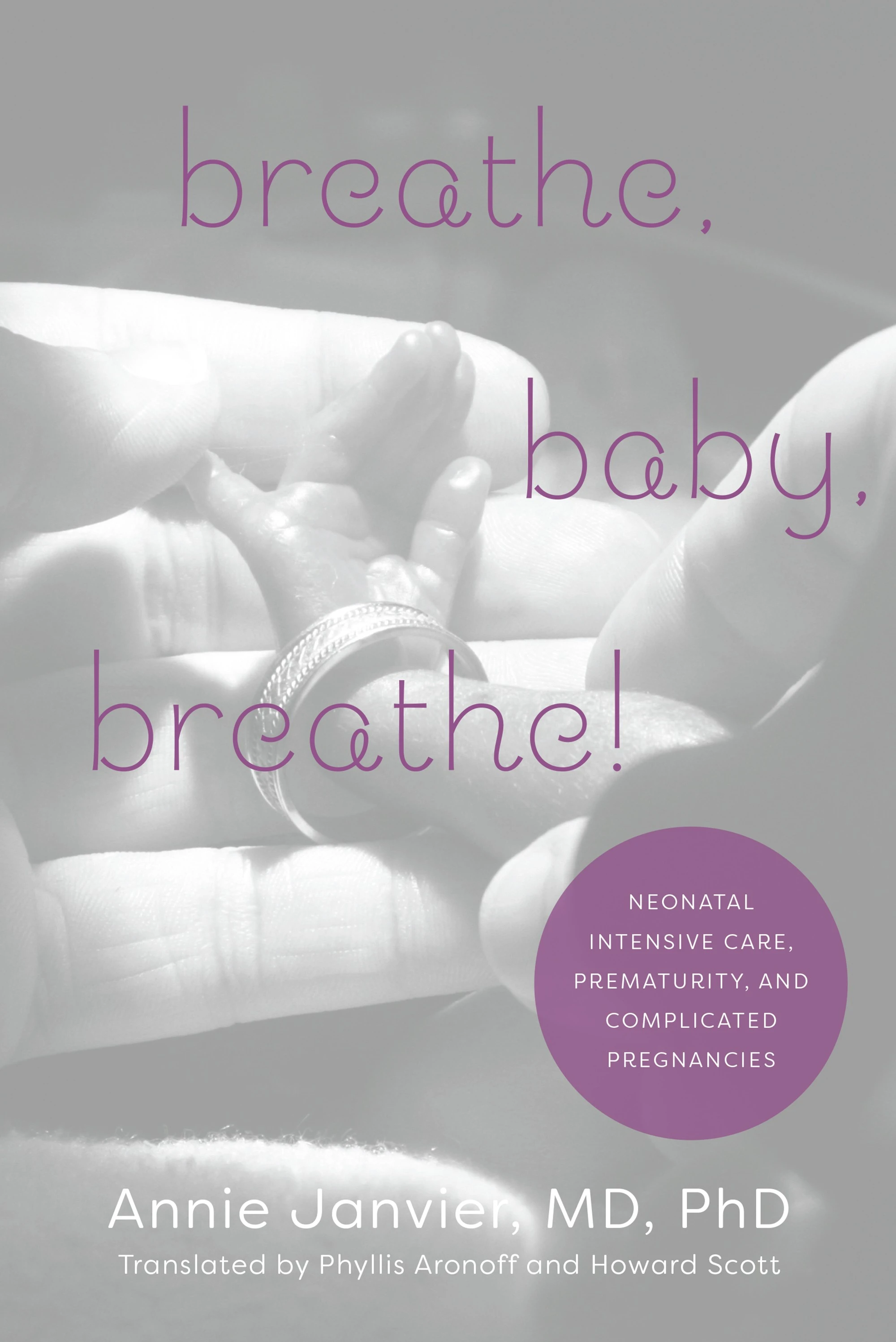In recent years there has been a lot of interest in neonatal seizures and how to treat them. Older studies confirmed that phenobarbitone (or phenobarbital, I never know these days) appears effective, but with limits; many babies have a partial response, and many more continue to have electrical seizures even after they stop clinical convulsions. Other agents have limited efficacy, phenytoin is not as effective as a second line agent compared to giving more phenobarb and levetiracetam appears not to be living up to the initial hope that it would be a valuable neonatal agent.
Neonatal neurones are different.
In contrast with the adult brain, immature neurons actively accumulate chloride via the electroneutral NaK2Cl transporter known as NKCC1. Under these conditions, GABAA receptor activation results in a net efflux of negatively charged chloride ions, which depolarizes the membrane. The size of the chloride flux is important, and smaller anion effluxes may not trigger action potentials. However, if the membrane is depolarized sufficiently to trigger action potentials and open voltage-gated calcium channels, GABA action is clearly excitatory. Under both conditions, GABAA receptor activation may still be inhibitory by virtue of strongly depolarizing glutamate-mediated activity. The importance of the shunting effect of GABA is well established by the finding that when all GABAA receptors are blocked, the net effect is proconvulsant in the neonatal brain. Thus, synaptically released GABA has a dual action, both excitatory and inhibitory, in the immature nervous system.
That paragraph is (slightly) adapted from Dzhala VI, et al. Bumetanide enhances phenobarbital efficacy in a neonatal seizure model. Ann Neurol. 2008;63(2):222-35. The title of which reveals what this post is all about. Loop diuretics work by inhibition of the NK2Cl cotransporters in the thick ascending limb of the loop of Henle. All of them work on this ion pump but with differing affinity. Bumetanide has the highest affinity and thus requires the lowest dosage; in terms of clinical efficacy there is not much to choose between the agents, toxicities may differ depending on other possible effects, ethacrynic acid, for example, is hepatotoxic and may well cause more deafness. I always wondered, in oliguric babies, whether the fact that you need to excrete fewer millimoles of bumetanide than of furosemide might make it more effective, as the ion pump is only on the luminal side so you have to excrete the molecule before it can work (Oliveros MMD, et al. The use of bumetanide for oliguric acute renal failure in preterm infants. Pediatr Crit Care Med. 2011;12(2):210-40). In any case, it was previously thought that bumetanide might be more selective for the NKCC2, but that is probably not the case. The choice of bumetanide rather than furosemide for anticonvulsant effects might just have been an arbitrary choice at first, but most of the animal studies have been with this molecule.
Including the study by Dzhala et al; in that study, isolated slices of neonatal rat hippocampus and intact neonatal rat hippocampal preparations were induced to have convulsions by perfusing them with very low magnesium. That preparation leads to electrical phenomena which are identical to seizures. They then “treated” their preparations with drug combinations.
Phenobarbital failed to abolish or depress recurrent seizures in 70% of hippocampi. In contrast, phenobarbital in combination with bumetanide abolished seizures in 70% of hippocampi and significantly reduced the frequency, duration, and power of seizures in the remaining 30%
I am aware of 2 studies examining the effect of bumetanide on human neonatal seizures. The new one is the stimulus for this blog post (Soul JS, et al. A Pilot Randomized, Controlled, Double-Blind Trial of Bumetanide to Treat Neonatal Seizures. Ann Neurol. 2020). In this study, a diverse group of 43 term and late preterm newborns with seizures, (about half HIE, the remainder with strokes, intracranial haemorrhage or “other”) who had already received at least 20 and less than 40 mg/kg of phenobarb and were being continuously monitored with video-EEG were randomized to receive either a further 5-10 mg/kg of phenobarb and a placebo or the phenobarb plus a dose of bumetanide (increasing doses 0.1, 0.2 or 0.3 mg/kg). This was considered to be a pilot trial, and therefore the outcomes of interest are to do with the feasibility of a full trial, in this instance the safety and kinetics of bumetanide, with an exploratory outcome of the effects of bumetanide at the 3 doses on seizure burden.
There were 27 babies who received bumetanide and 16 controls, there was some baseline imbalance with all the stroke babies being in the bumetanide group. Also by chance, there was a higher seizure burden among the bumetanide babies than the controls, mean of 2.5 minutes of seizures per hour compared to 1.1 at baseline; 3.3 compared to 1.6 during the last 2 hours prior to drug administration.
That baseline imbalance means that we should be careful analyzing the data. The phenomenon of regression to the mean implies that we should expect a larger reduction in seizure burden among the bumetanide babies than the controls, just because they started with a higher burden. At first glance, that seems to be what they showed, seizure burden decreased by 1.2 with bumetanide and by 0.1 in controls during the first 4 hours after the study drug. When they looked at the second half of that 4 hour period, the controls had no improvement in seizure burden compared to pre-treatment, whereas the bumetanide babies had a decrease. When analyzed by dose, the higher dose of bumetanide looks more effective.

With the proviso of small numbers, in a situation where the natural history is very variable, and the baseline imbalance, this pilot suggests a potential role for bumetanide in neonatal seizures. The animal model I referred to above is of questionable relevance, I just did a quick search for other models which are potentially more relevant to the babies we see, by which I mean an intact neonatal mammal with an asphyxial injury. The two articles I found have differing results; Cleary RT, et al. Bumetanide enhances phenobarbital efficacy in a rat model of hypoxic neonatal seizures. PLoS One. 2013;8(3):e57148. this study gave phenobarb and then bumetanide to neonatal rats before a hypoxic insult that normally causes seizures (95% of the rats had at least 5 seizures). Bumetanide alone had an impact on seizure numbers but only at 0.3 mg/kg, phenobarb alone had an impact, phenobarb plus either dose of bumetanide had an additive impact in reducing seizures.
In the other study (Johne M, et al. Phenobarbital and midazolam suppress neonatal seizures in a noninvasive rat model of birth asphyxia, whereas bumetanide is ineffective. Epilepsia. 2020) phenobarb worked when given before the asphyxia, but not afterwards, and bumetanide did not improve the efficacy of phenobarb when given either before or after the asphyxia. However, that study outcome was the proportion of animals with seizures, which was about 100% with phenobarb or phenobarb+bumetanide. Midazolam, given after asphyxia, did decrease the proportion of rats with seizures.
In fact, these two studies aren’t necessarily in conflict, both showed that close to 100% of rats have seizures after asphyxia which doesn’t change when pretreated with either phenobarb or phenobarb+bumetanide. The Johne study doesn’t report the numbers of seizures.
To return to human beings, the other trial of bumetanide was terminated very early, it was a dose-finding trial which only included babies with asphyxia and seizures who had received 20 mg/kg of phenobarb, (Pressler RM, et al. Bumetanide for the treatment of seizures in newborn babies with hypoxic ischaemic encephalopathy (NEMO): an open-label, dose finding, and feasibility phase 1/2 trial. Lancet Neurol. 2015;14(5):469-77). The trial was stopped after 14 babies were enrolled, because they did not reach efficacy and because of some hearing loss. Of note, all the babies except one also had an aminoglycoside and several did not have seizures during the 2 hours baseline recording prior to receiving the bumetanide with an extra 10 mg/kg of phenobarb.
If you actually look at the results in detail, all of the babies who had the higher doses of bumetanide of 0.2 (n=6) or 0.3 (n=1) mg/kg of bumetanide, and who had seizures during the baseline period, had a major reduction (>50%) in seizure burden during the subsequent 4 hours, only 1 of them (who was having 16 minutes of seizures per hour) had another drug (midazolam) during that period. As has been pointed out by Marianne Thoresen (Thoresen M, Sabir H. Epilepsy: Neonatal seizures still lack safe and effective treatment. Nat Rev Neurol. 2015;11(6):311-2), that looks to me like a signal for efficacy. In the NEMO trial, 3 babies of the 11 survivors had hearing loss. In the new trial, there were 2 of 26. In many studies, around 10% of babies who survive therapeutic hypothermia for HIE have hearing loss. The frequency of hearing loss in NEMO is not enormously different.
Putting all this together, I think there remains a major possibility that bumetanide (or potentially other loop diuretics if they penetrate the brain) is a useful additive to therapeutic phenobar levels in the neonate. Particularly in HIE and perhaps in srtoke patients.
Adverse effects of diuretics are few and relatively easy to treat, in infants with asphyxial oliguria in my experience (I don’t like to say “in my experience”, but there seems to be very little data) they don’t seem to cause significant diuresis and I don’t use them for that indication. If we can avoid treating asphyxia with antibiotics, and particularly aminoglycosides, then we can probably significantly reduce the chance of hearing loss with loop diuretics.
More trials please.








